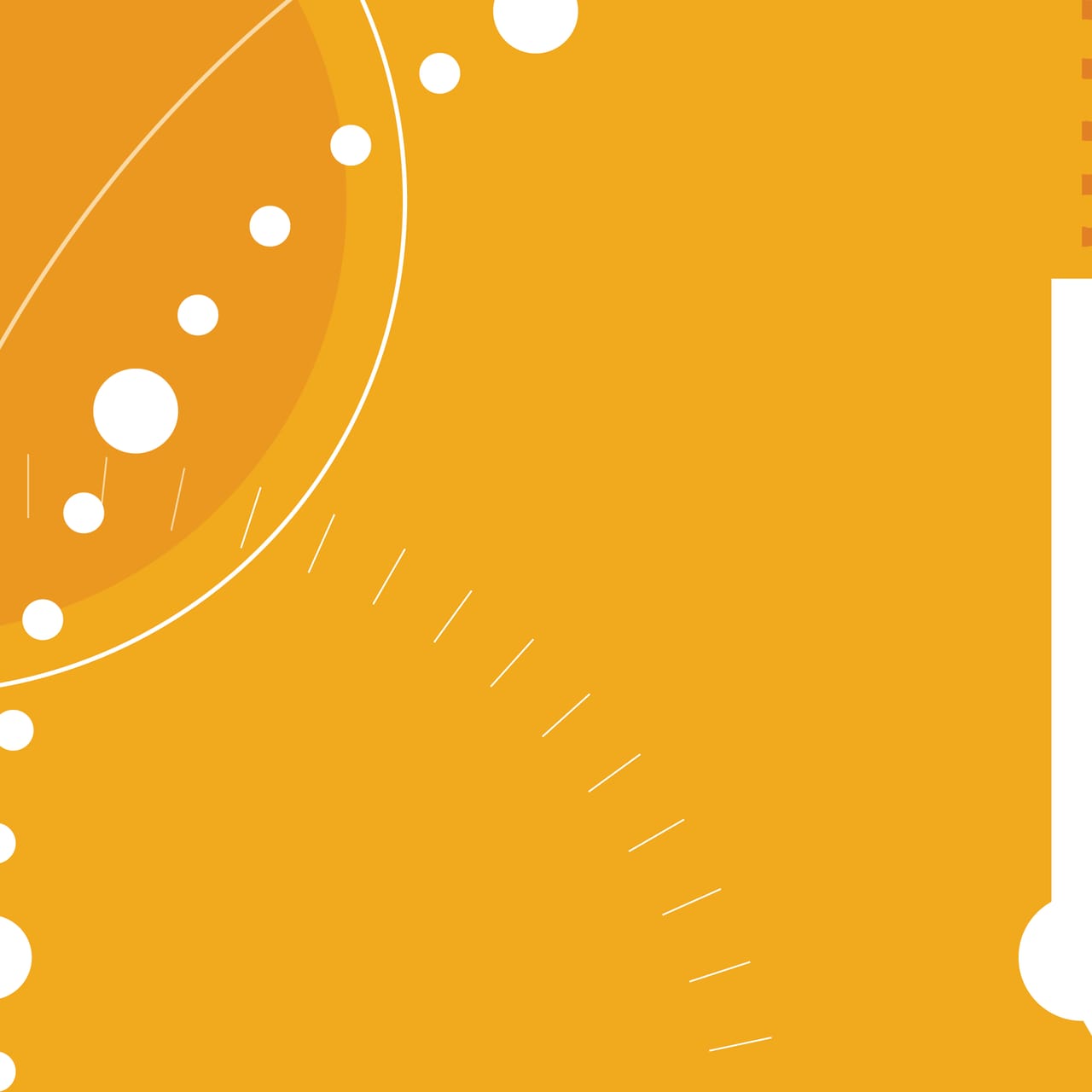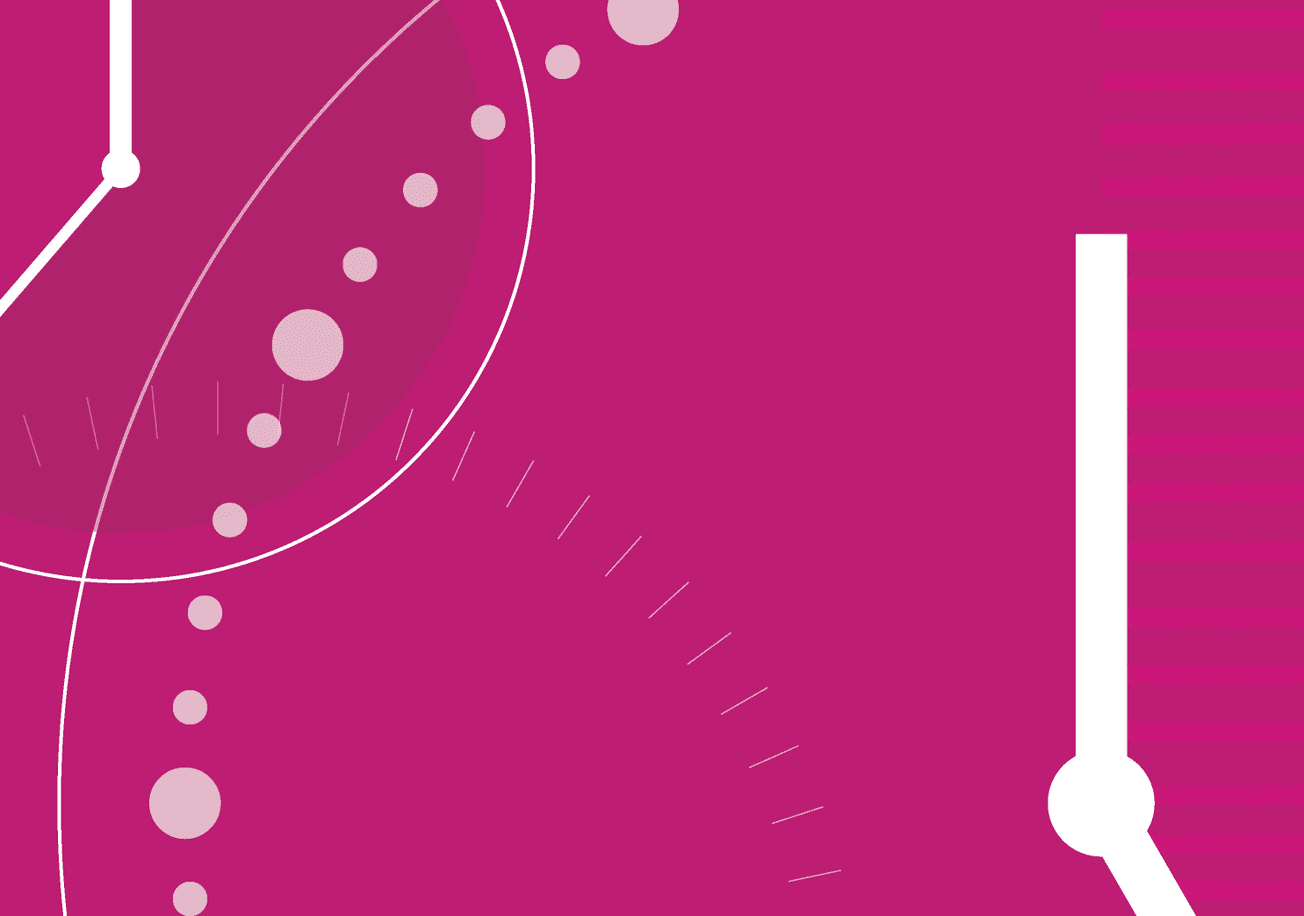Executive Summary
Rising health care costs are making medical care inaccessible for many Americans. Being unable to access health care takes a toll on a person's physical health and economic stability. Poor health and finances, in turn make it harder to access health care. This health care debt cycle showcases the intertwined challenges many Americans—probably including some of your members and employees face.
Credit unions must understand the health care debt cycle and what they can do to interrupt the cycle, in order to help their members and employees regain control of their physical, mental, and financial health.
Credit Union Implications
Being unable to afford health care is likely preventing your members and employees from being physically and financially sound. Poor financial well-being in turn is preventing them from accessing the health care they need. Since money is a top driver of stress and medical debt is the number one source of debt collection, the topic of health care access remains central to the credit union mission to serve members. Credit unions have many options for addressing health care access as a route to financial well-being. Credit unions can become a champion for affordable, accessible health care that will not only impact members' finances but enable them to thrive.
Download the report today to find out how you can break the health care debt cycle and help members regain control of their financial health.
Filene thanks Children's Miracle Network for making this research possible.











